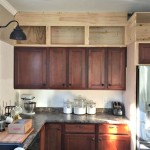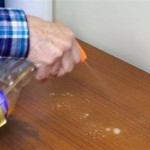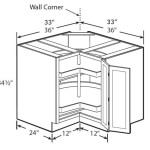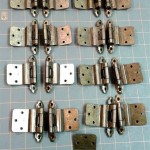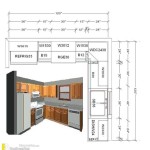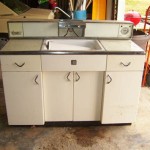Essential Aspects of Refinishing Glazed Kitchen Cabinets
Refinishing glazed kitchen cabinets requires careful consideration of several essential aspects to ensure a successful outcome. These aspects involve understanding the nature of the glazing, surface preparation, paint selection, application techniques, and proper curing. By addressing each of these elements meticulously, homeowners can achieve a stunning transformation of their kitchen with durable and visually appealing refinished cabinets.
Transition: In this article, we will delve into the key aspects of refinishing glazed kitchen cabinets, providing insights to guide you through each step of the process effectively.
Understanding the Glazing
The existing glaze on the cabinets significantly impacts the refinishing process. Glazing refers to a thin, protective layer applied over the paint or stain to enhance durability and create a glossy or matte finish. Identifying the type of glaze (e.g., polyurethane, acrylic, lacquer) is crucial as it determines the appropriate refinishing approach.
Surface Preparation
Thorough surface preparation is essential to ensure proper paint adhesion. This involves cleaning the cabinets thoroughly to remove dirt, grease, and any residual glaze. Sanding the surface lightly creates a smooth base for the new paint. The extent of sanding depends on the condition and desired finish of the cabinets.
Paint Selection
Choosing the right paint is crucial for achieving the desired aesthetic and durability. Opt for high-quality paints specifically designed for refinishing kitchen cabinets. Consider the color, sheen (gloss, semi-gloss, matte), and paint type (oil-based, water-based, chalk paint). Oil-based paints provide excellent durability, while water-based paints offer easier application and cleanup.
Application Techniques
Proper application techniques ensure a smooth, even finish. Use a brush or roller suitable for the paint type and surface texture. Apply thin, even coats, allowing each coat to dry thoroughly before applying the next. Sanding lightly between coats enhances the smoothness of the finish.
Curing Time
Adequate curing time is essential for the paint to fully harden and reach its optimal durability. Follow the manufacturer's recommended curing times, allowing the cabinets to dry in a well-ventilated area. Avoid using or exposing the cabinets to moisture or excessive heat during this period.
Conclusion
Refinishing glazed kitchen cabinets involves careful attention to essential aspects, including understanding the glazing, surface preparation, paint selection, application techniques, and proper curing. By adhering to these guidelines, homeowners can achieve a stunning transformation of their kitchen with durable and visually appealing refinished cabinets.

Rescuing And Reviving A Glazed Distressed Kitchen Bella Tucker

3 Great Reasons To Glaze Your Kitchen Cabinets

How To Glaze Kitchen Cabinets Diyer S Guide Bob Vila

Rescuing And Reviving A Glazed Distressed Kitchen Bella Tucker

Rescuing And Reviving A Glazed Distressed Kitchen Bella Tucker

How To Remove Glaze From Your Kitchen Cabinets Top 3 Ways

Kitchen Cabinet Glazing America West Refinishing

How To Glaze Cabinets At Home With The Barkers

Cabinet Glazing What Is It And Right For Your Kitchen

Give Your Kitchen A Whole New Look Without Spending Thousands Of Dollars By Glazing C Cabinets Makeover Glazed Renovation
Related Posts


